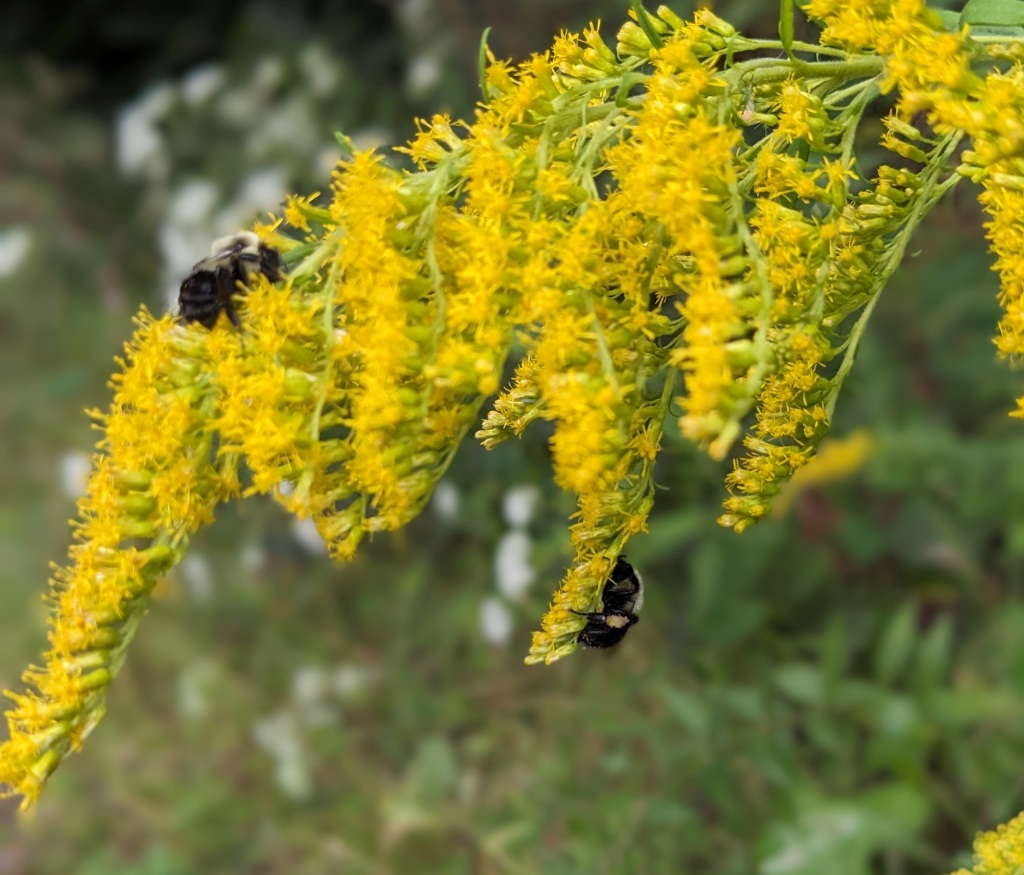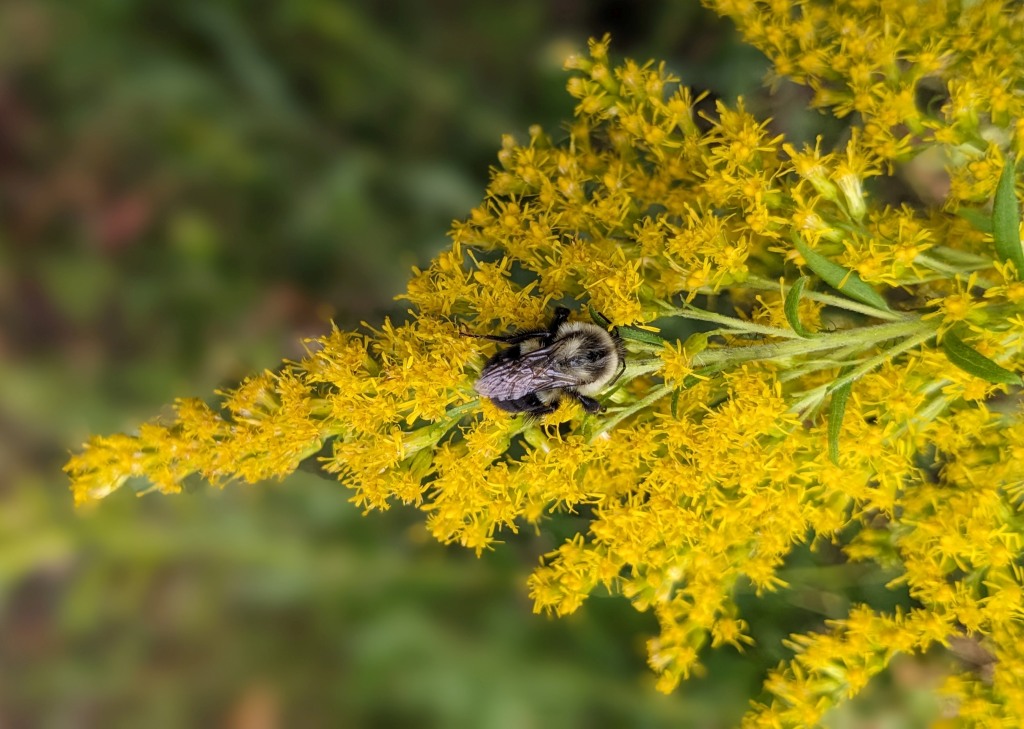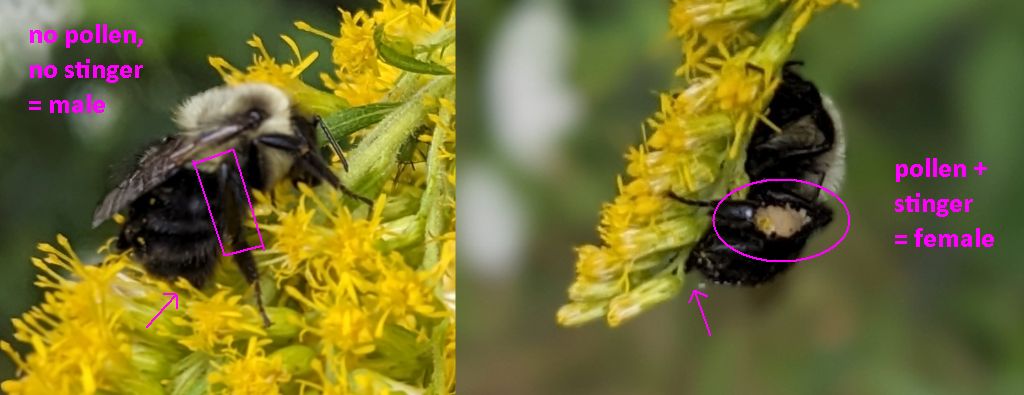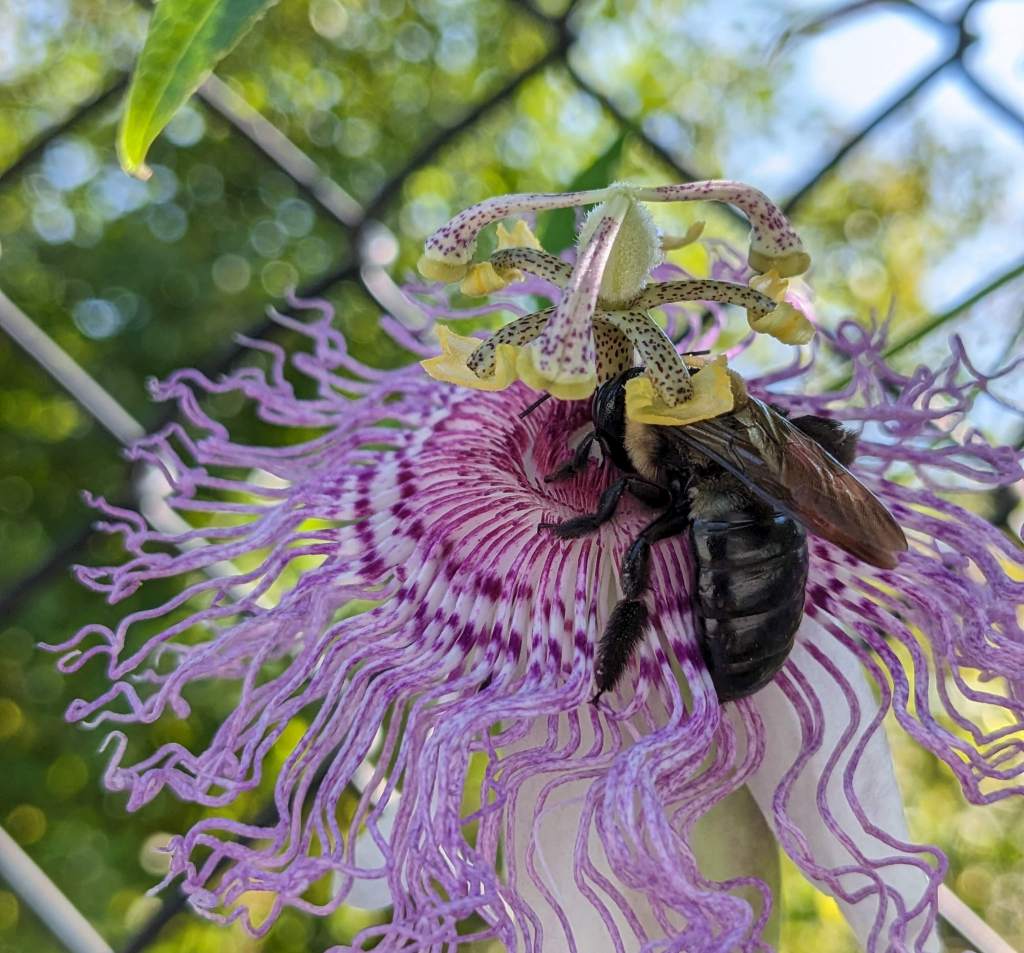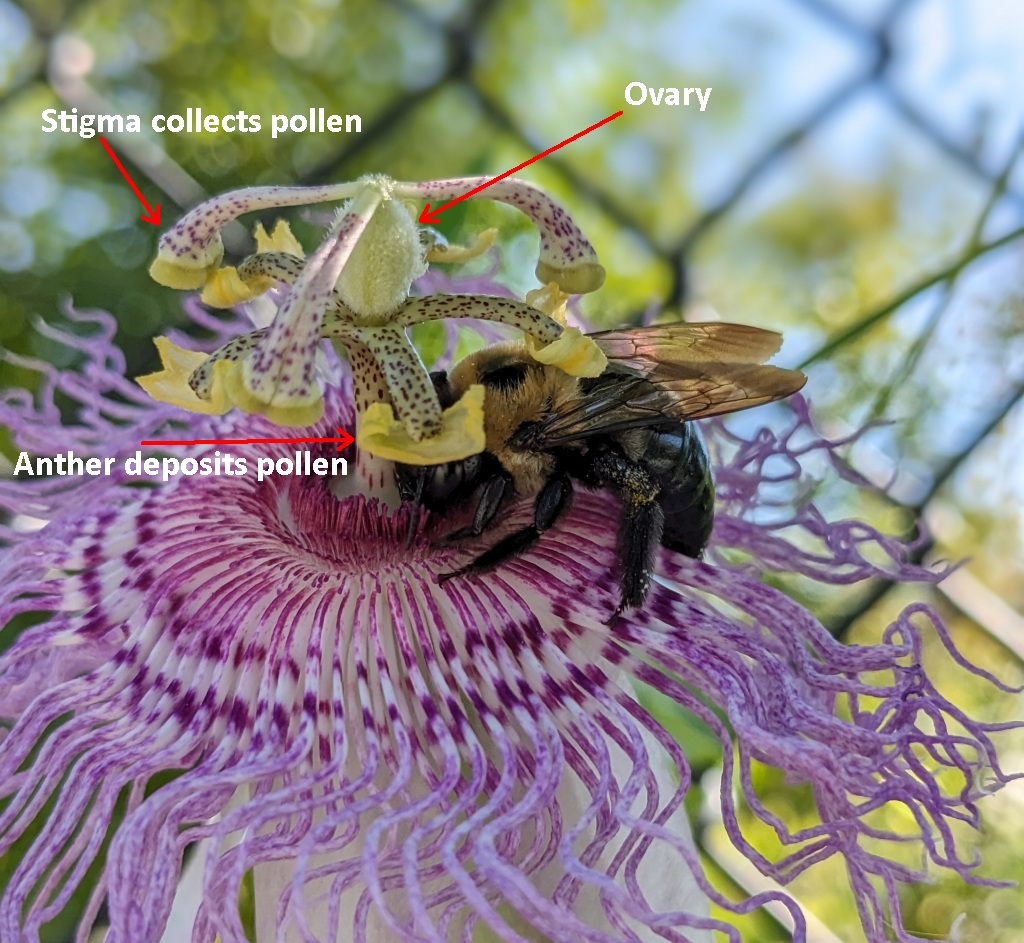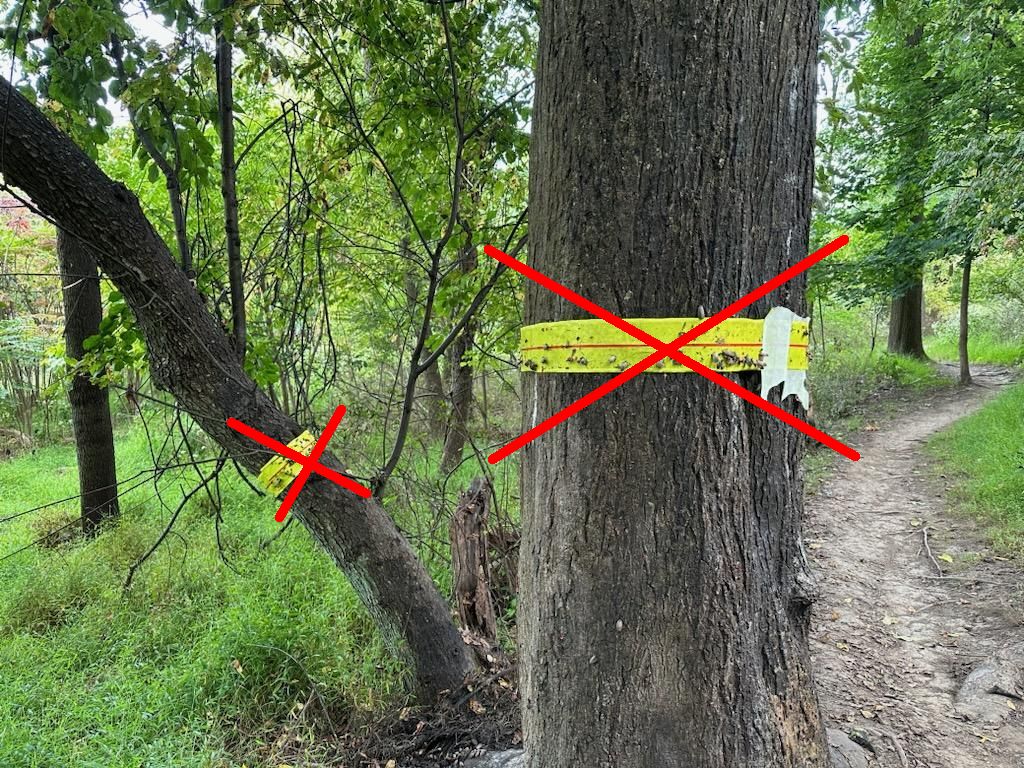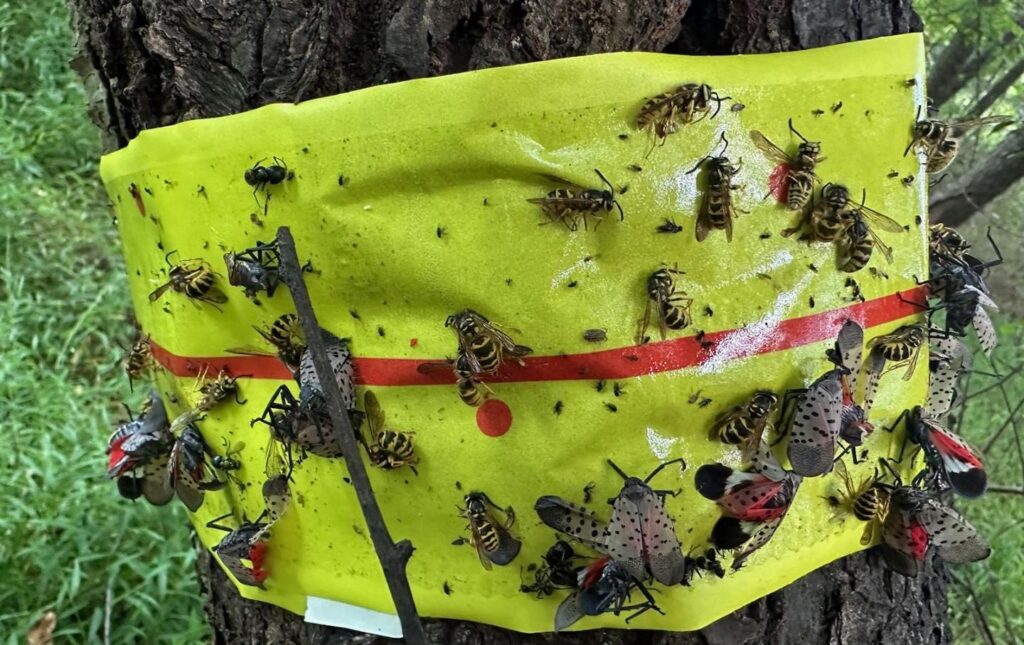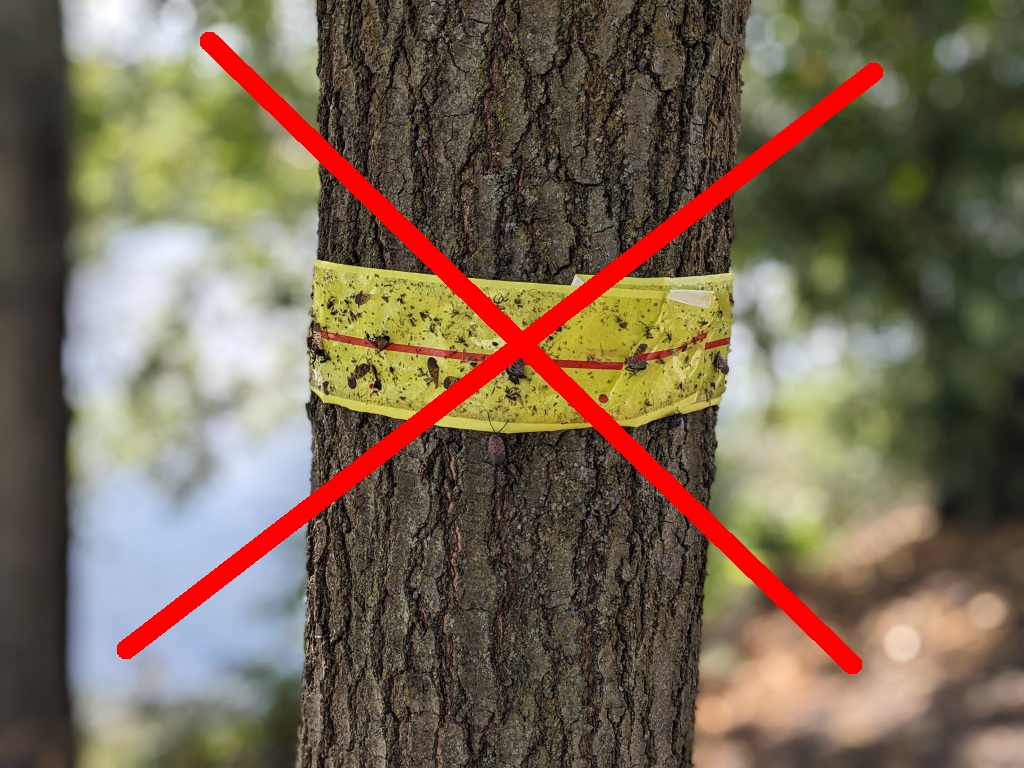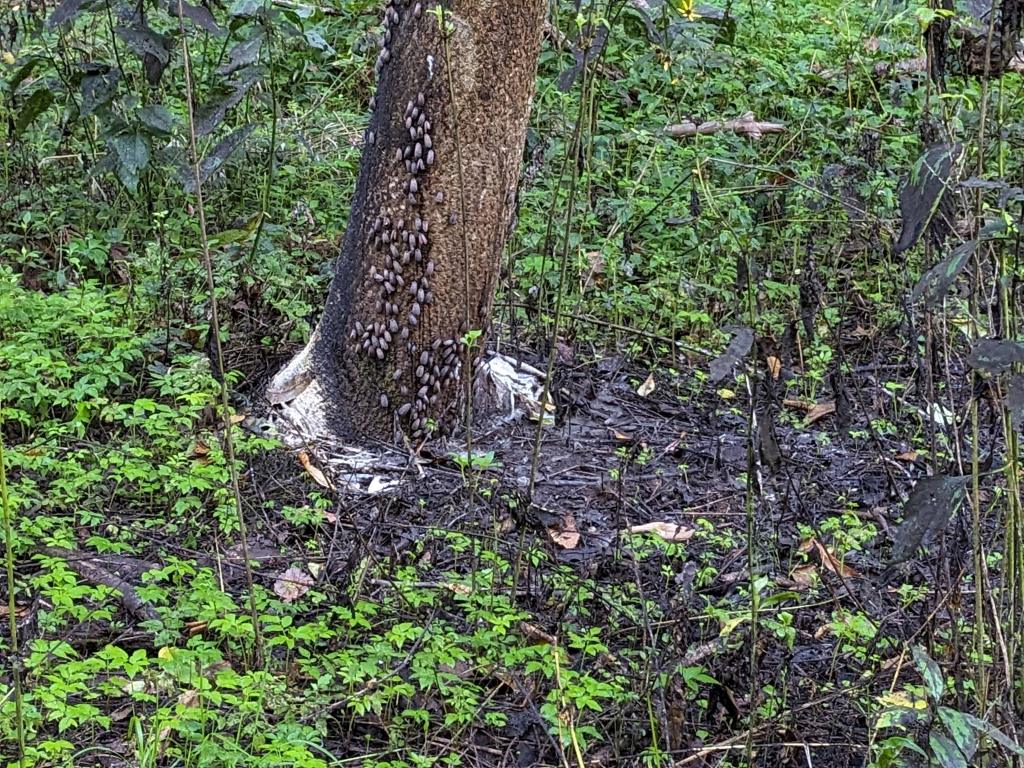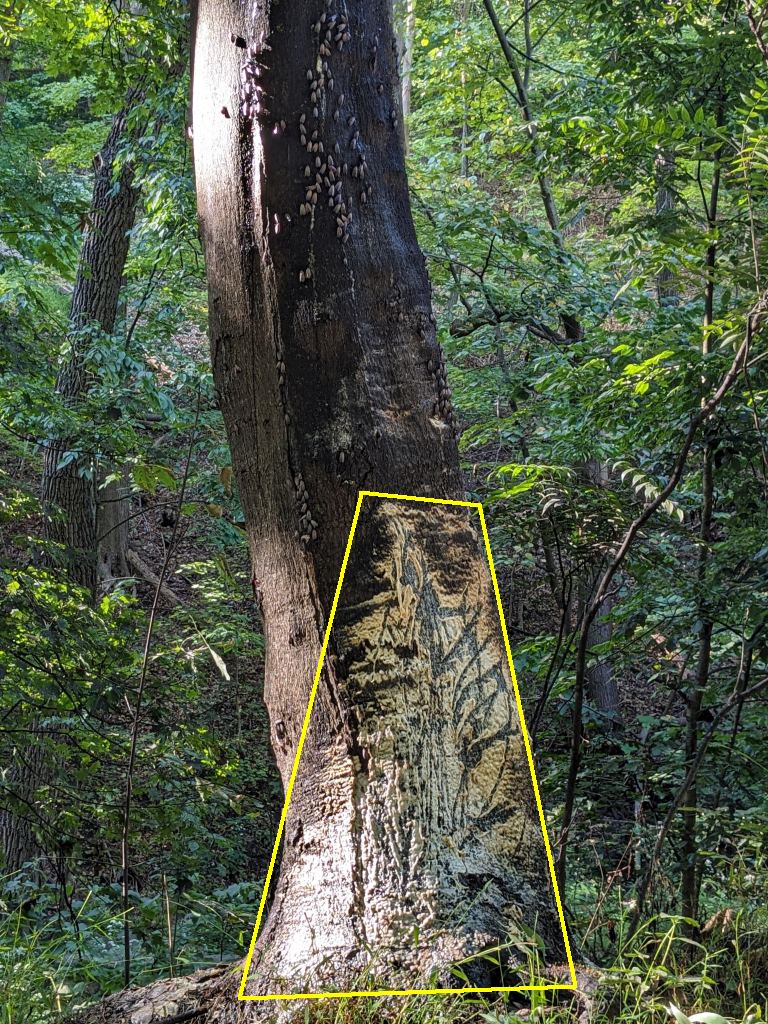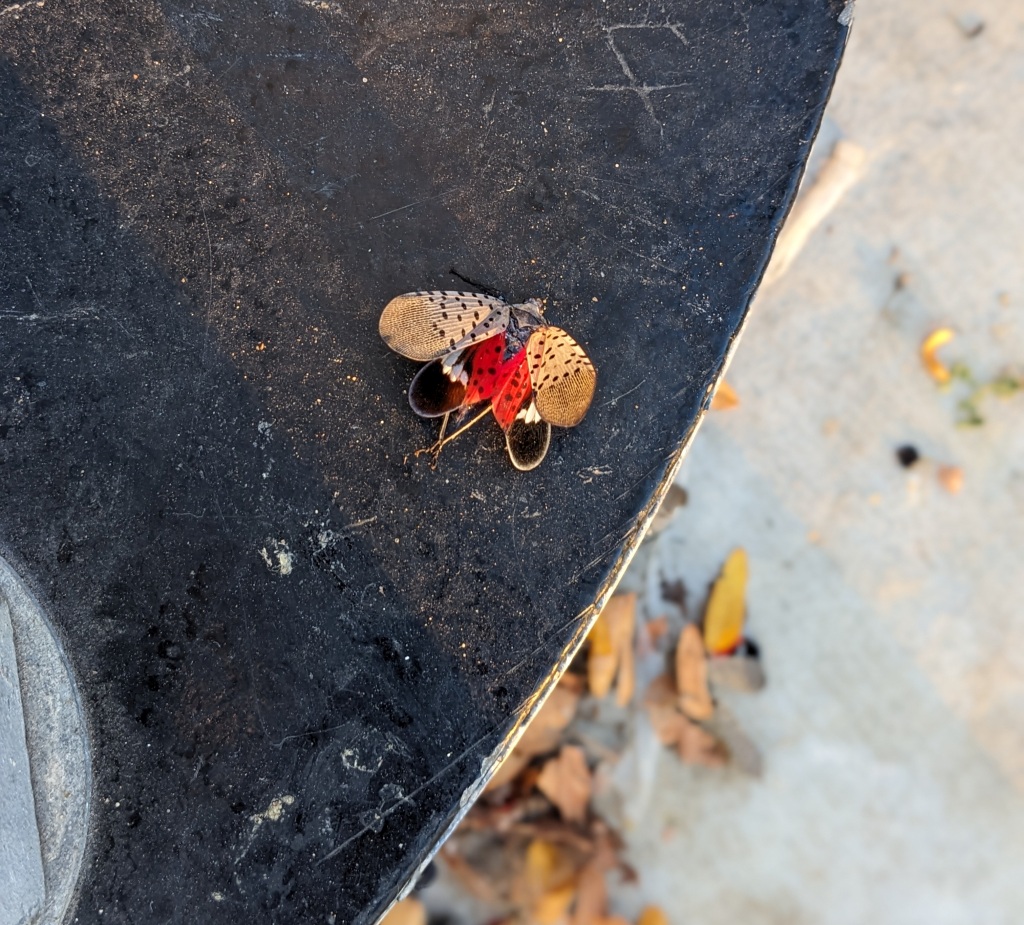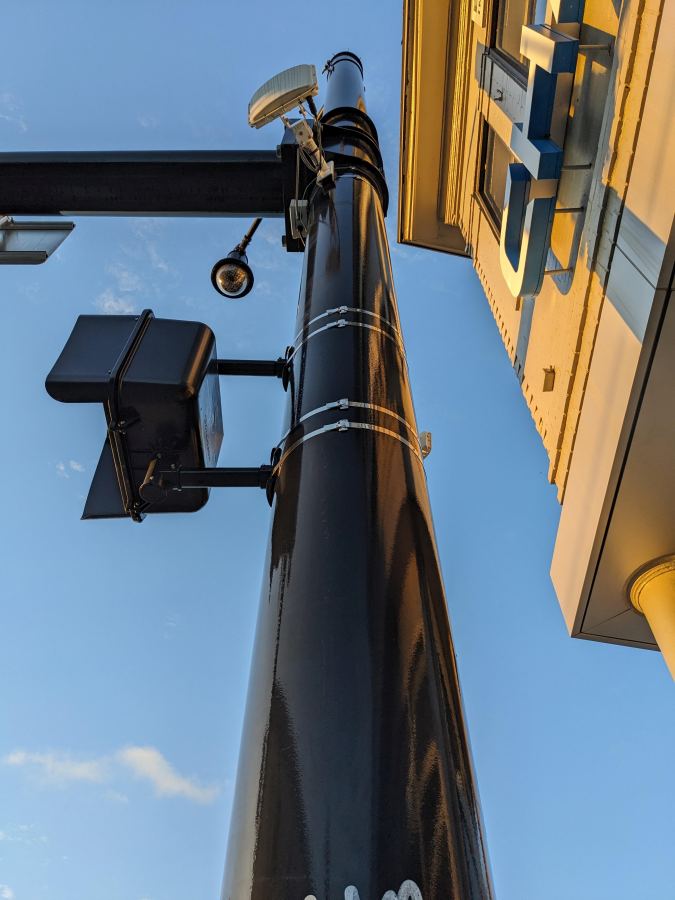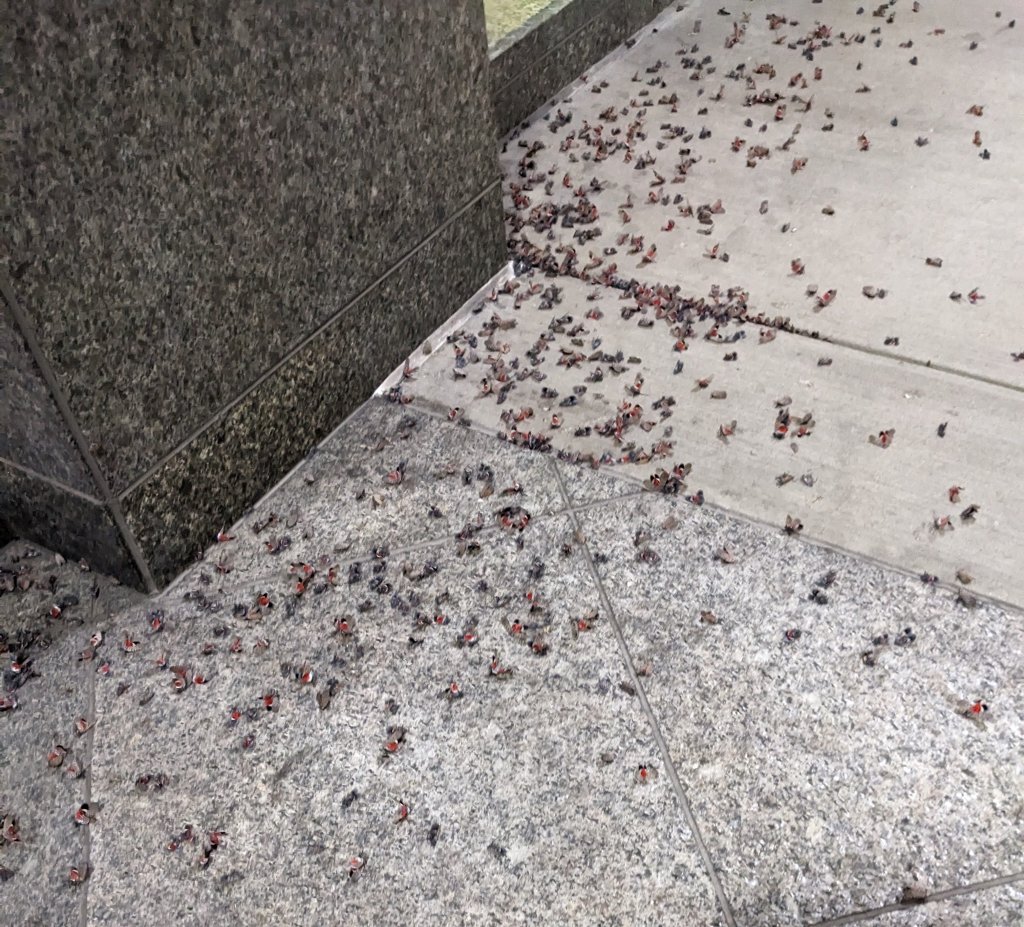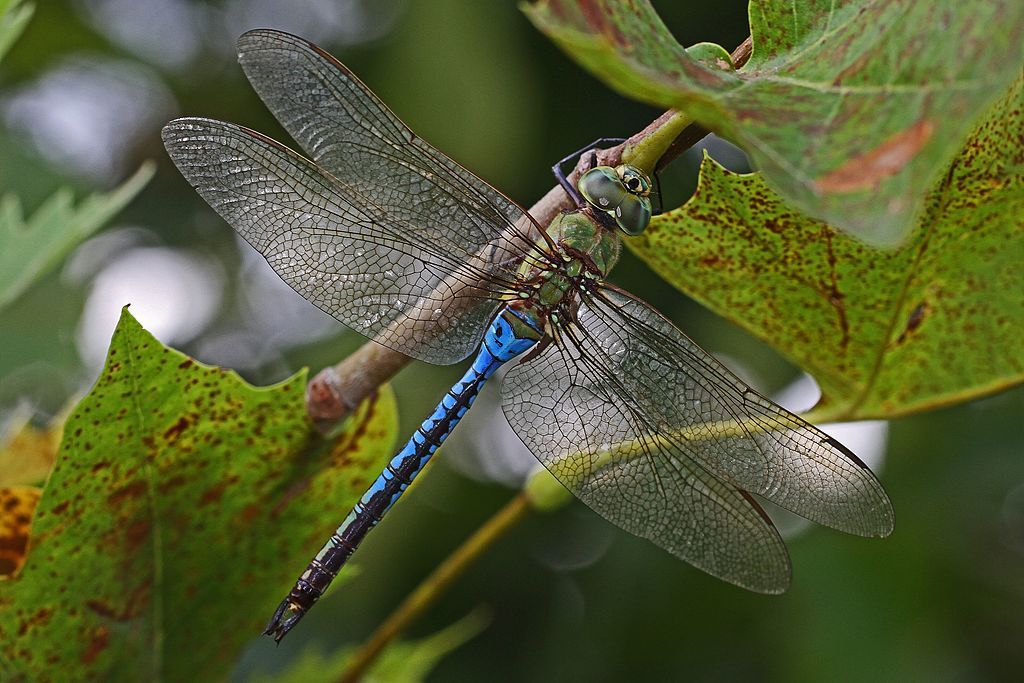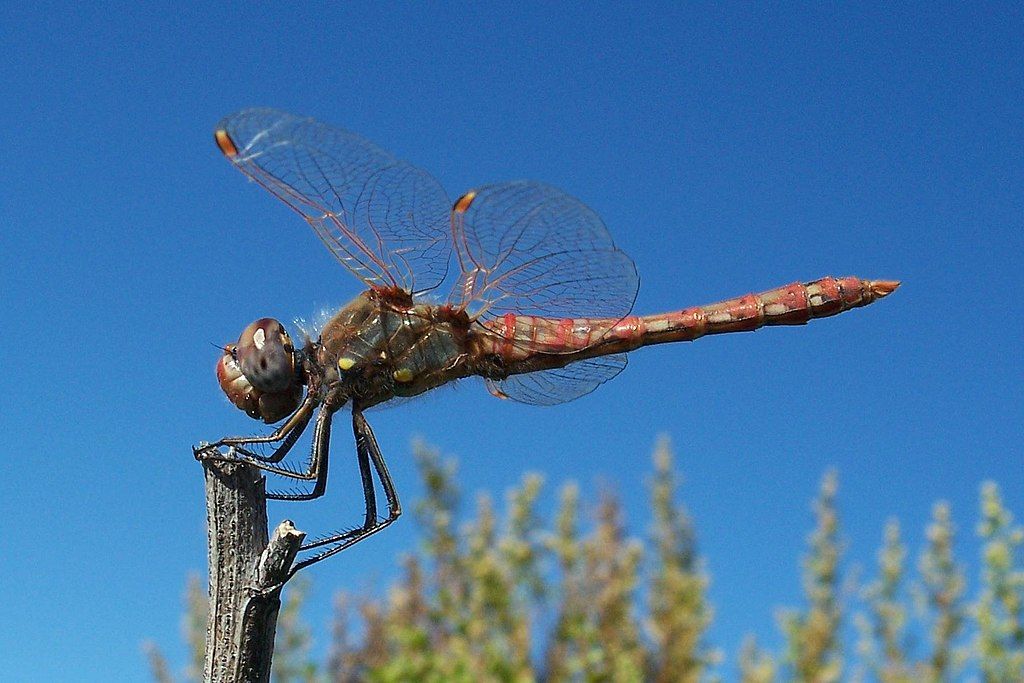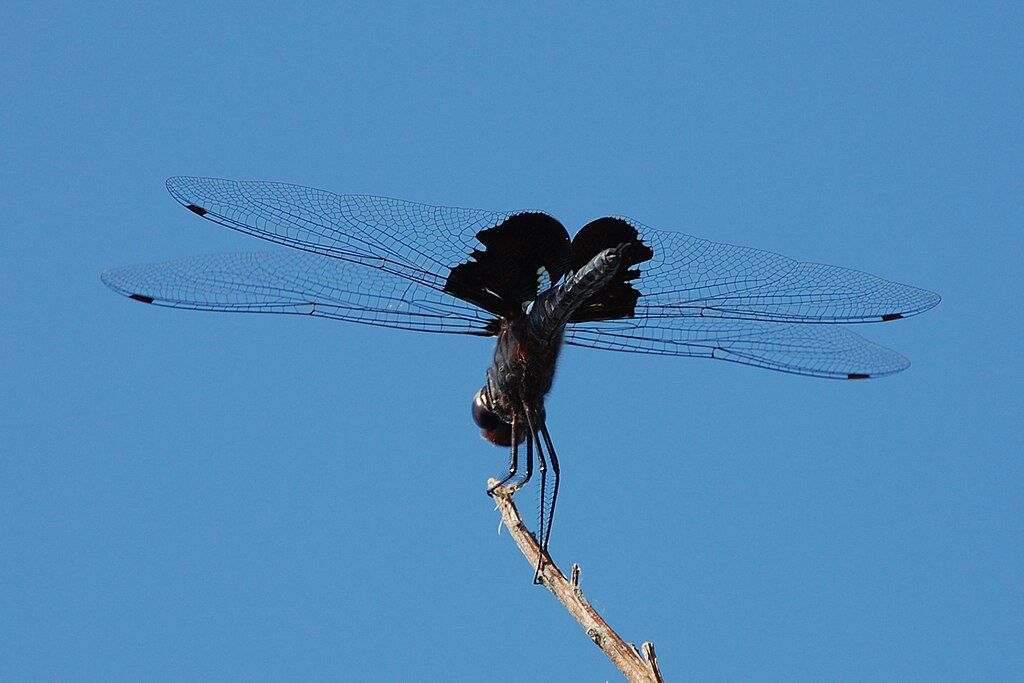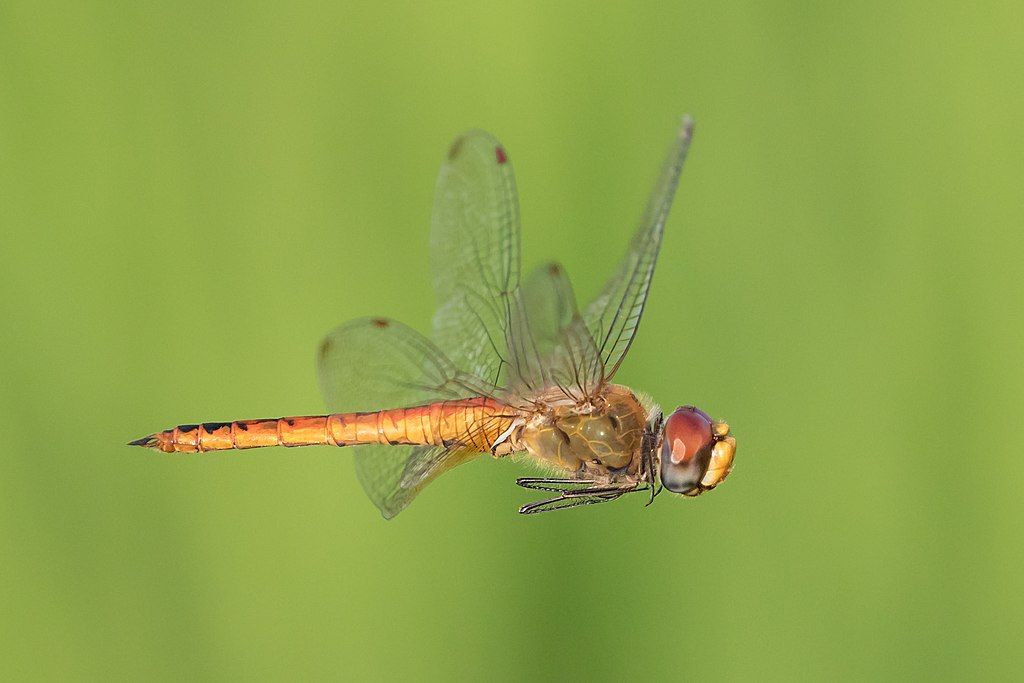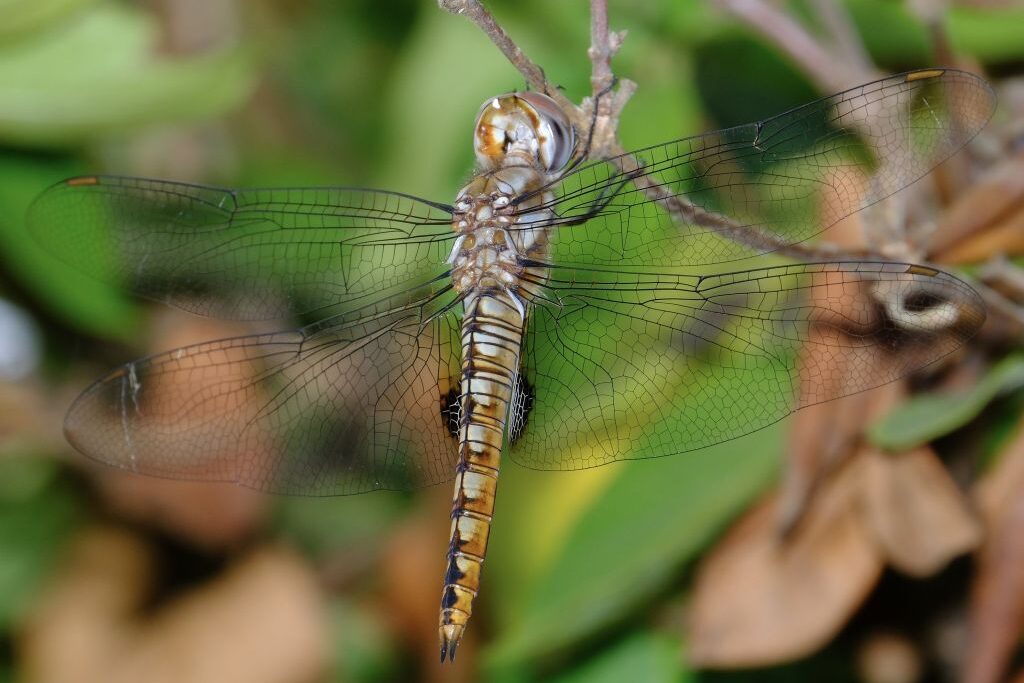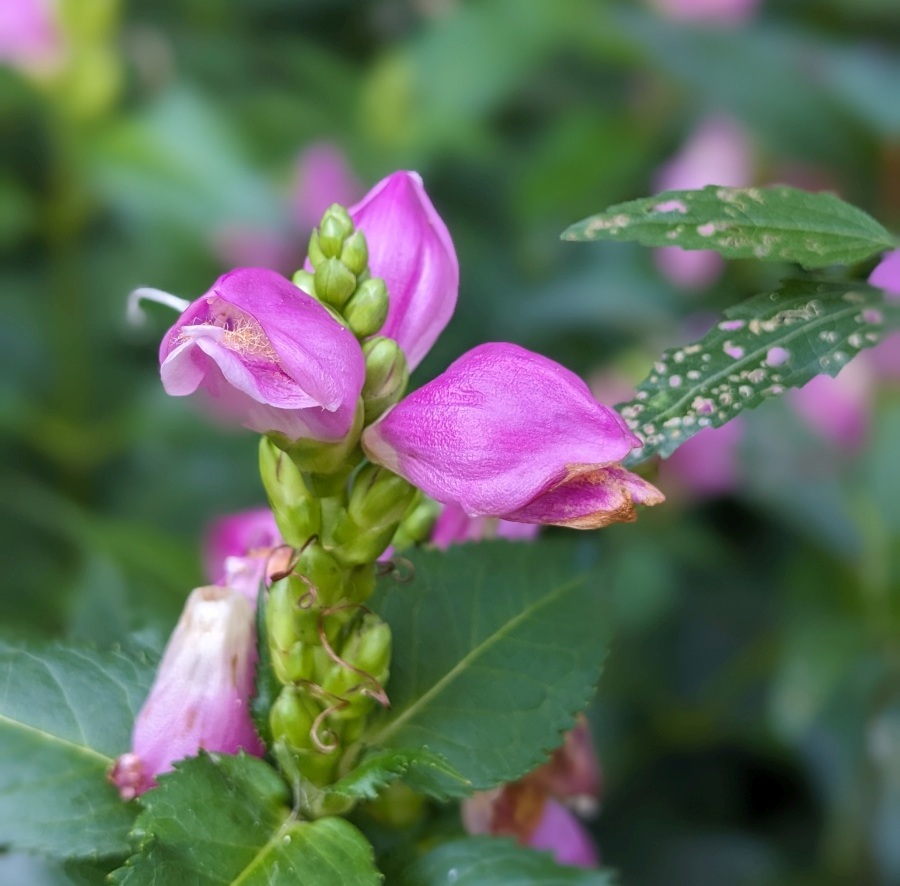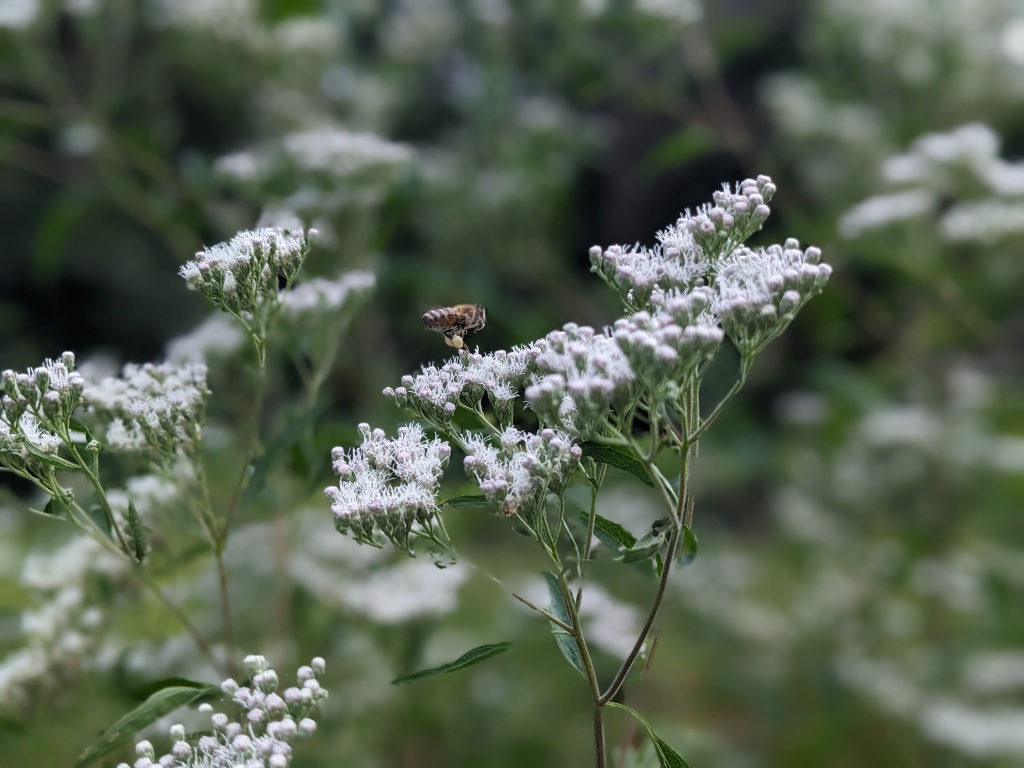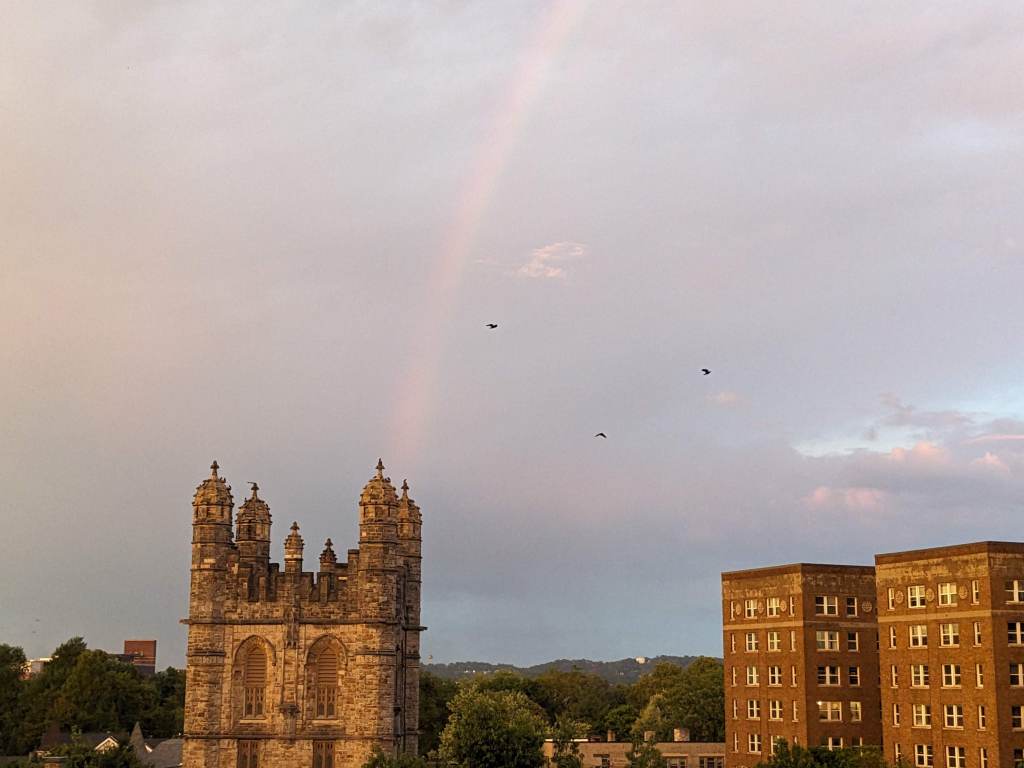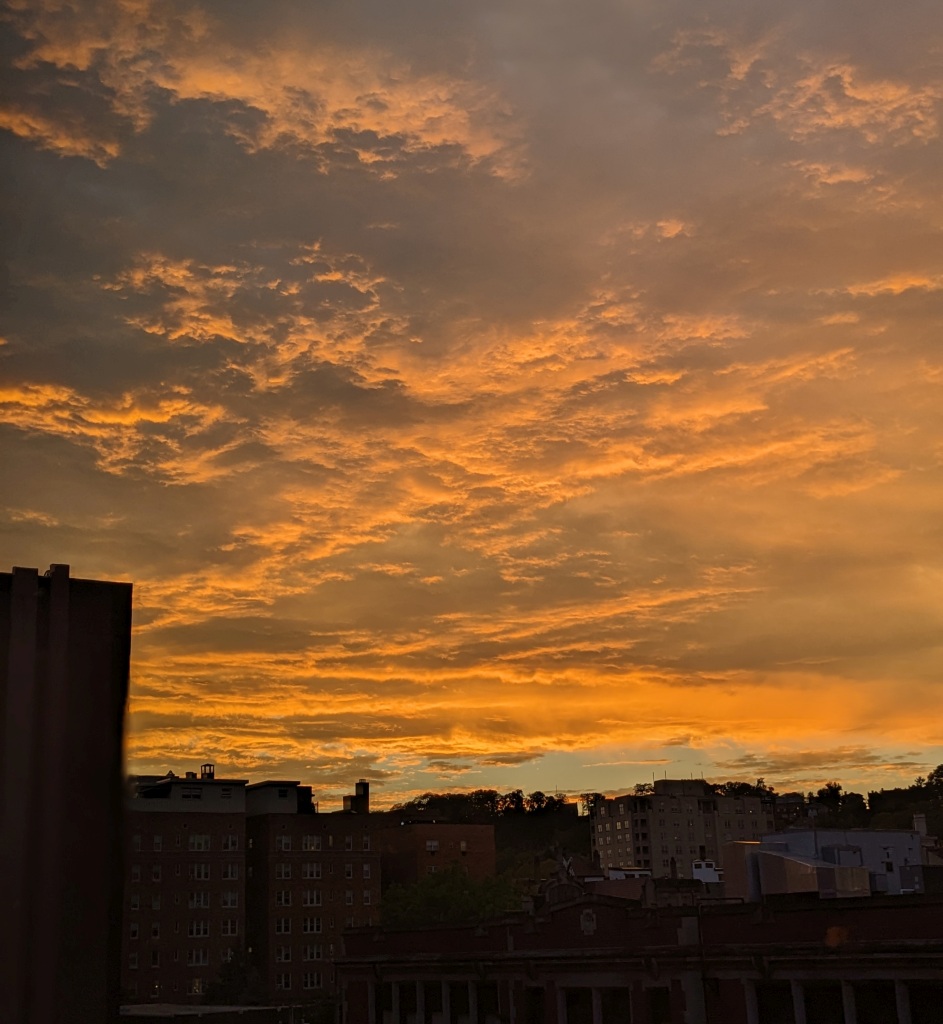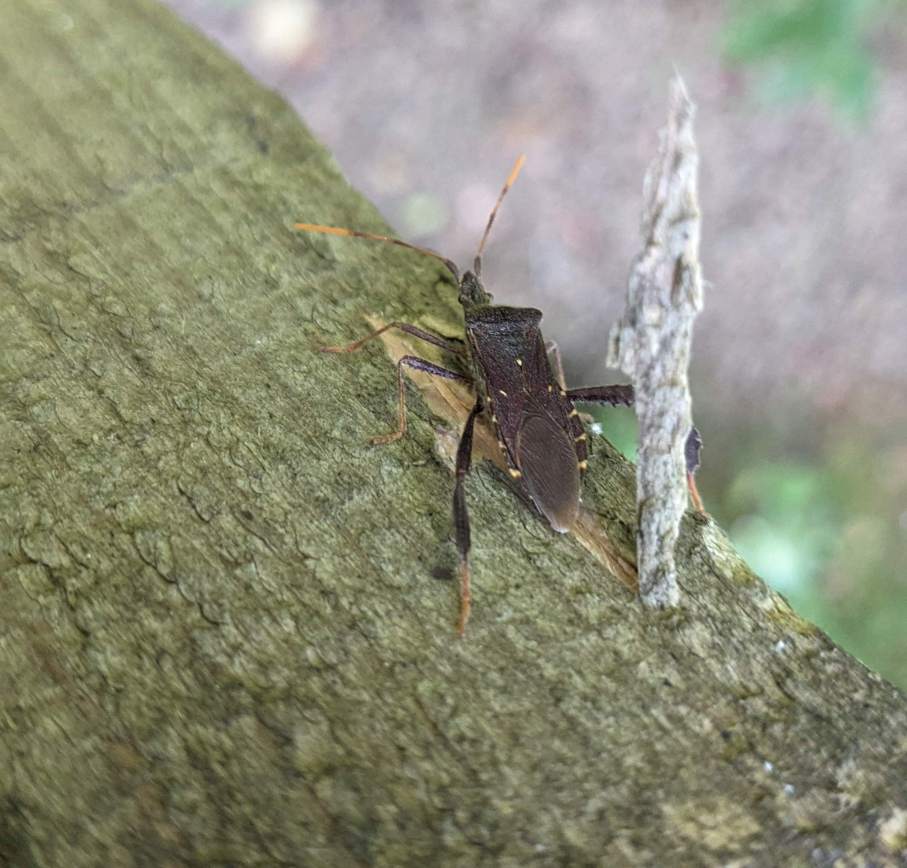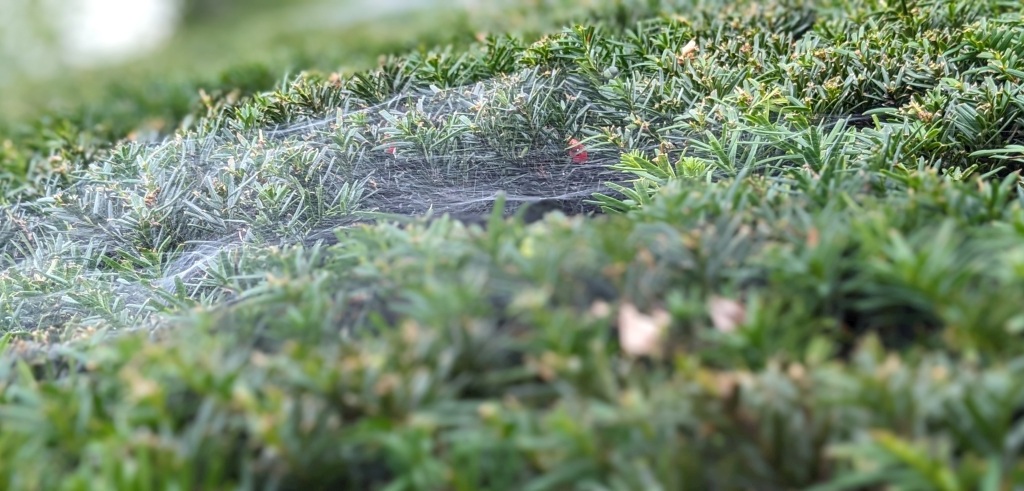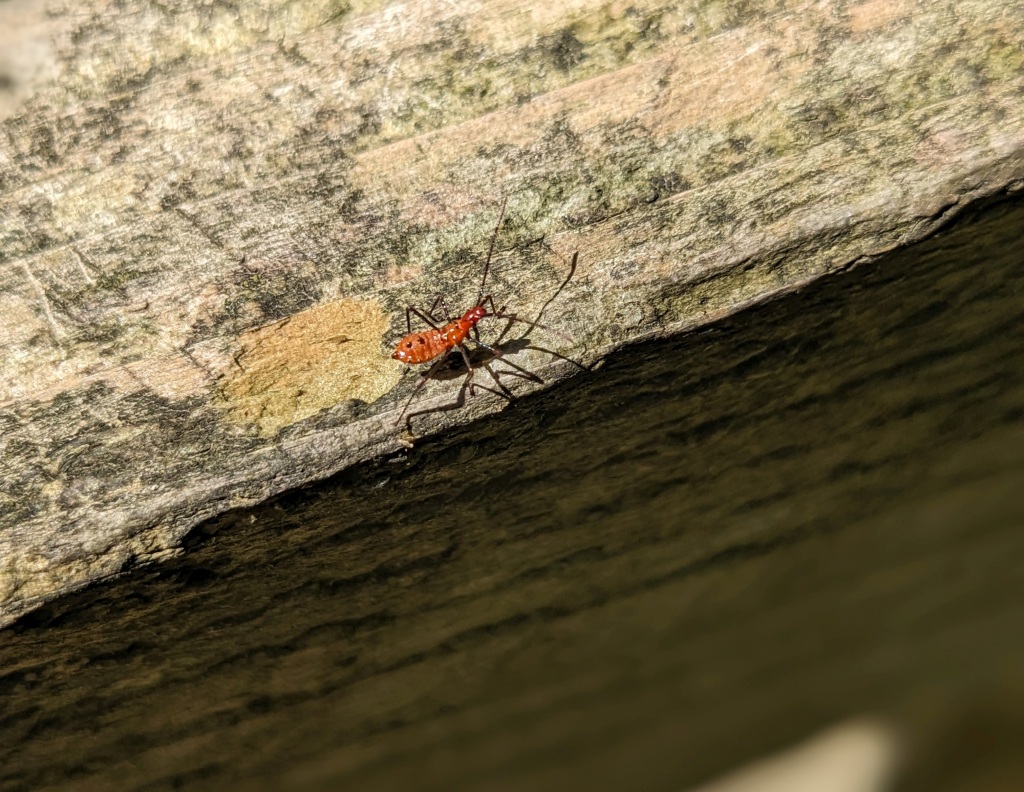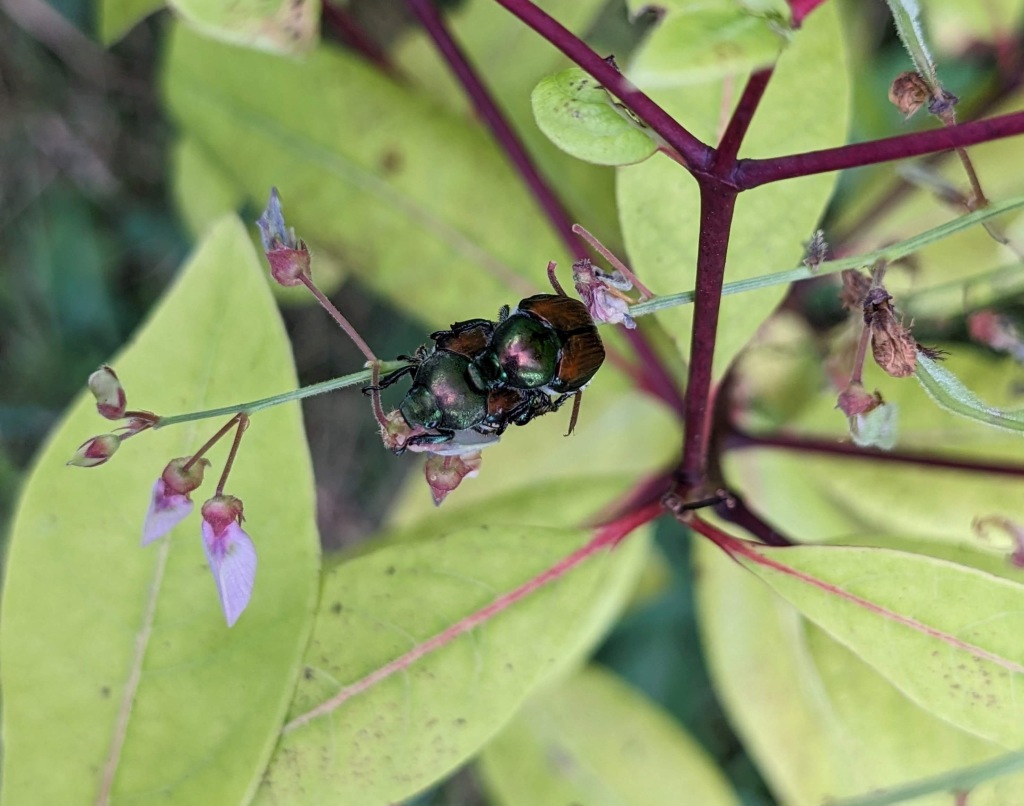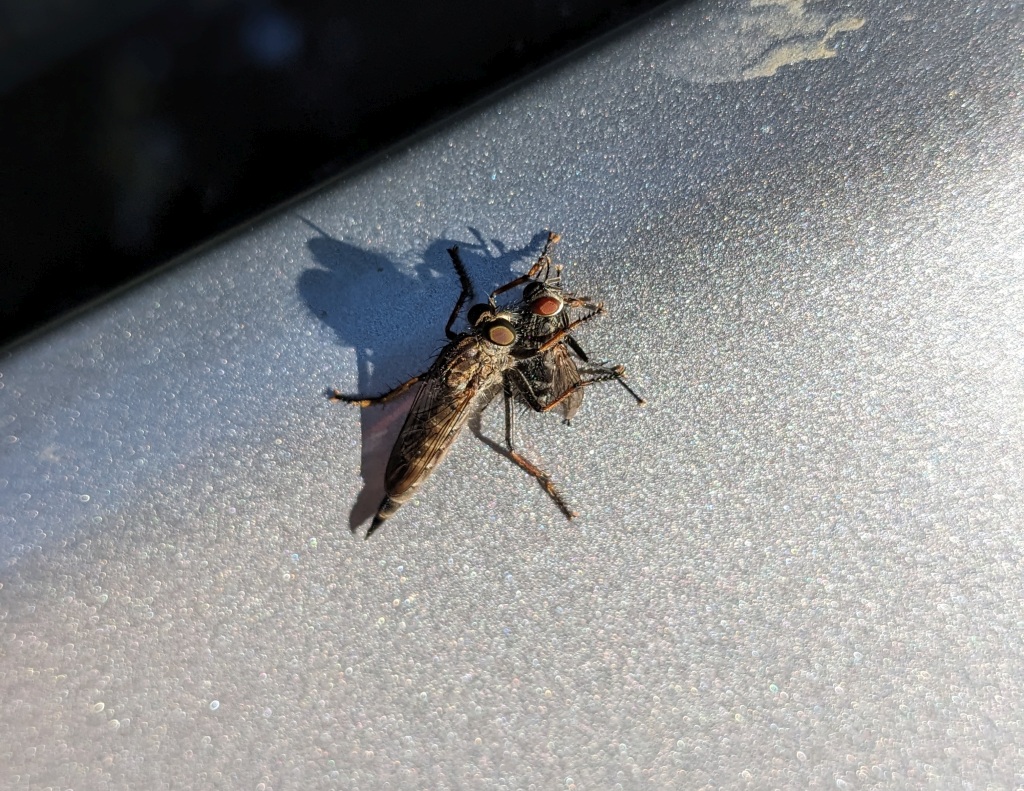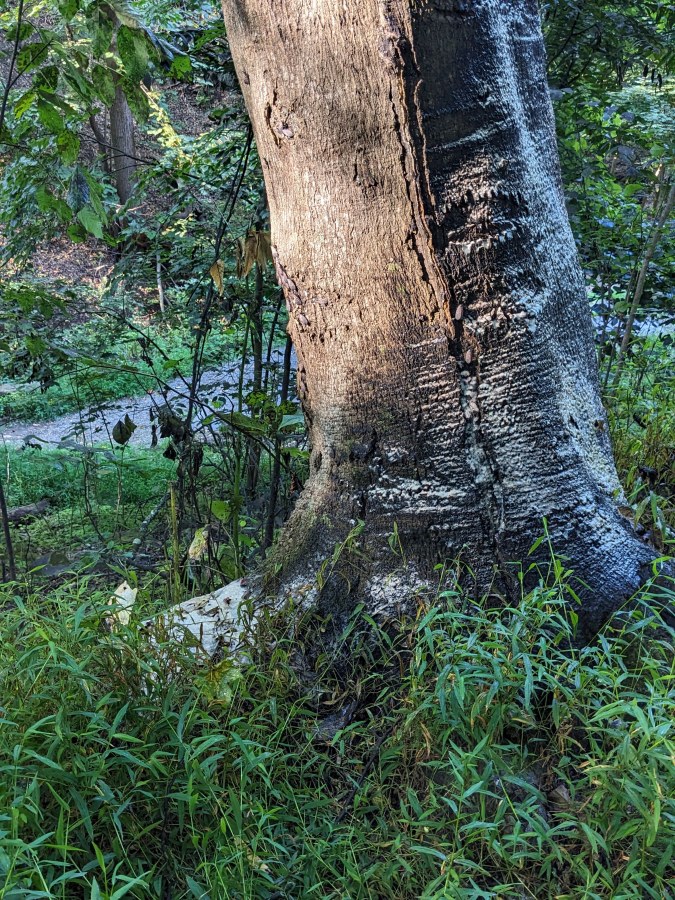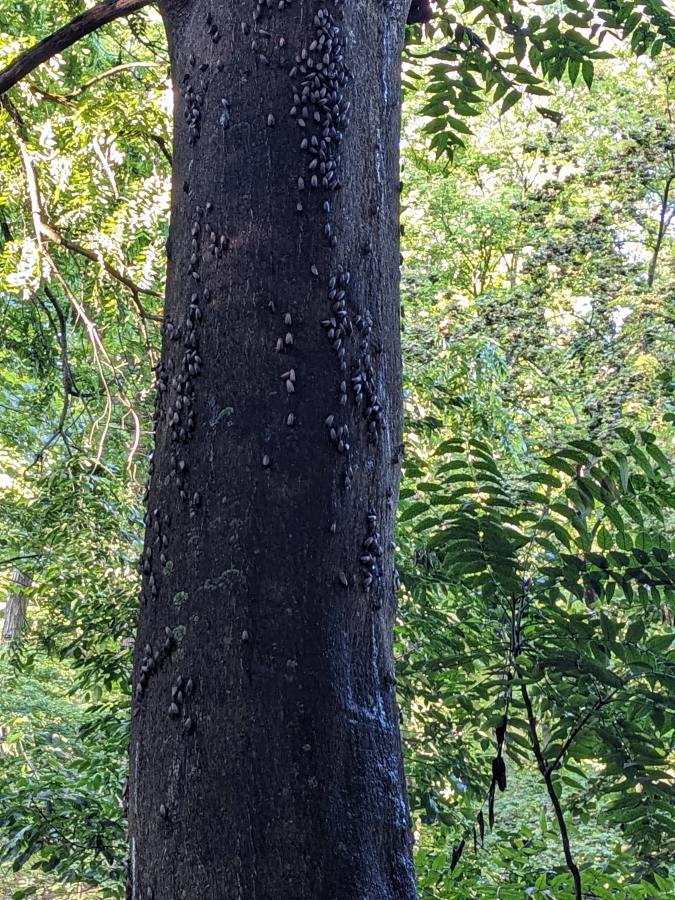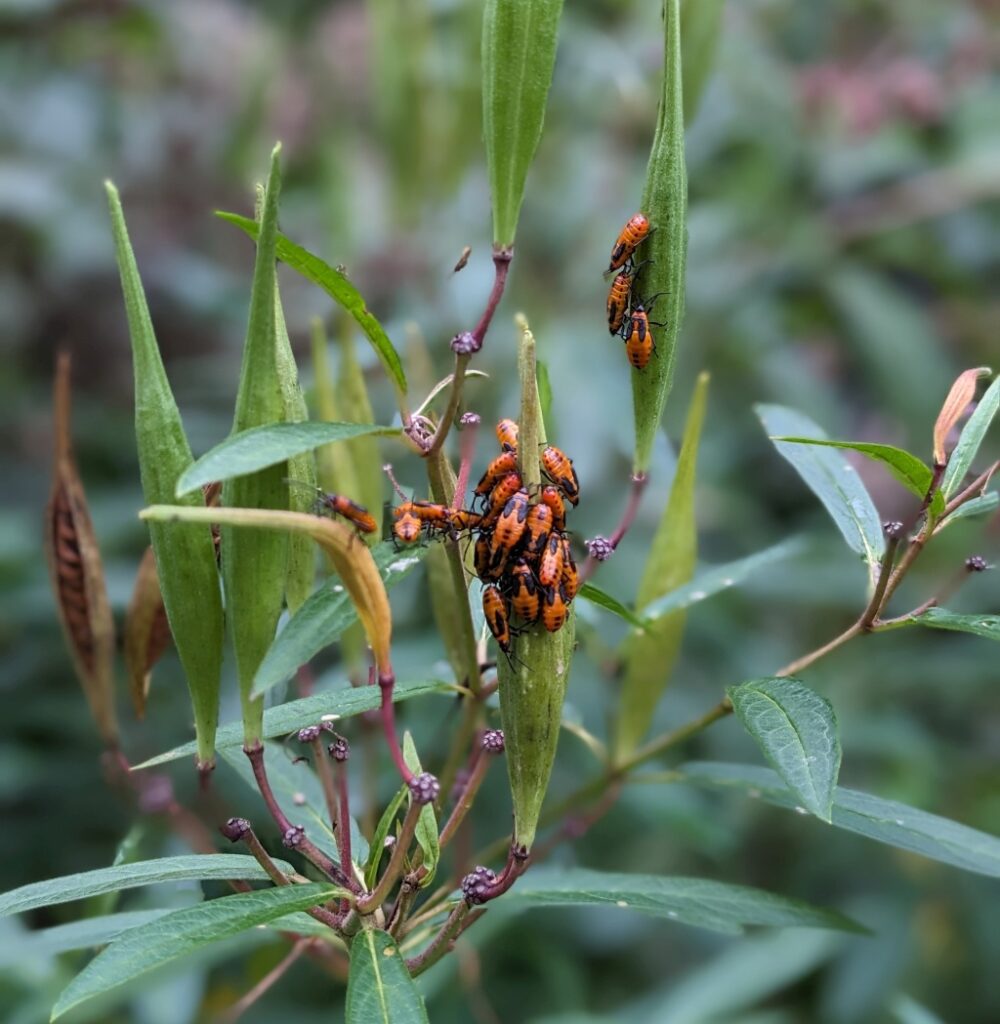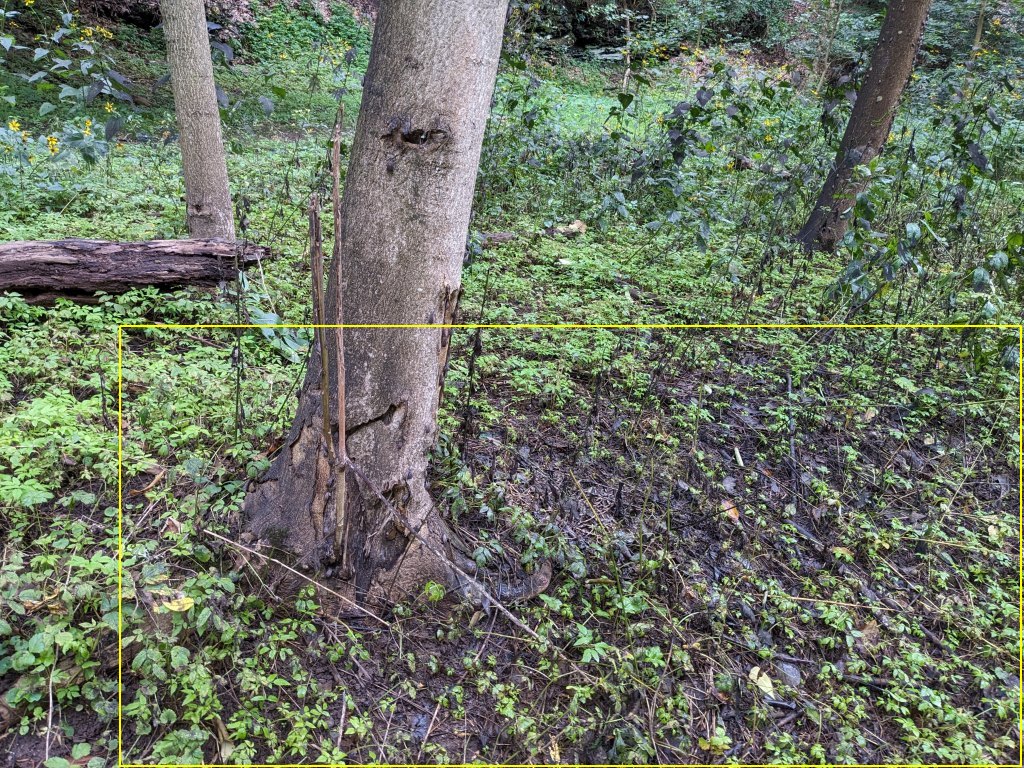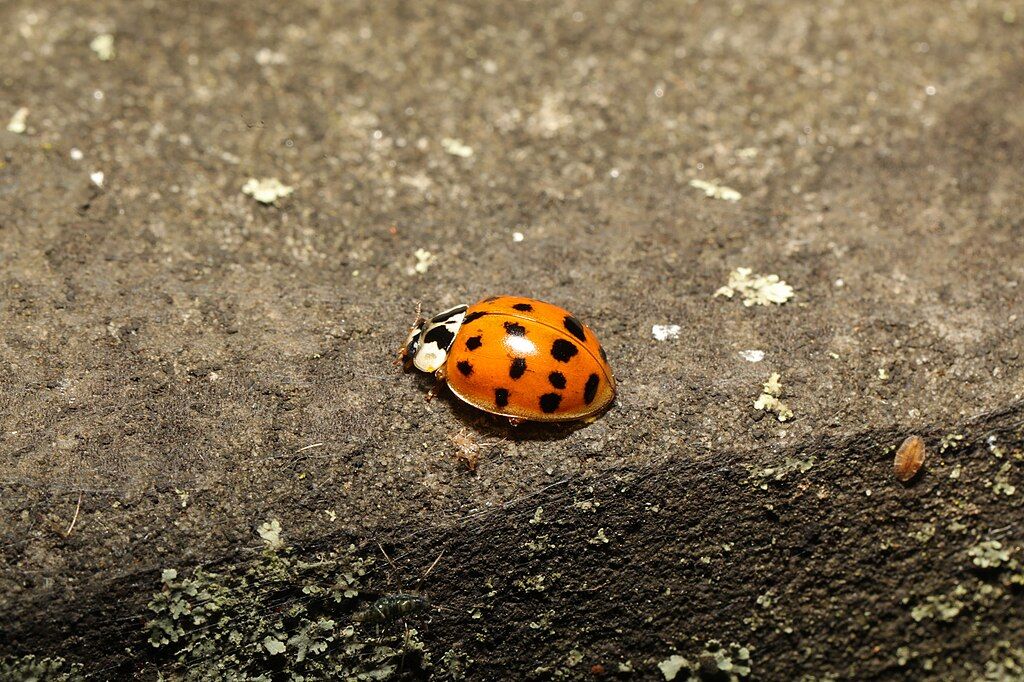
26 October 2023
Pittsburgh’s spotted lanternfly plague (Lycorma delicatula) is mostly over after recent cold weather knocked out lots of adults. It’s not a bad year for brown marmorated stink bugs, so are the insect plagues over? Not quite. Yesterday I happened into a swarm of Asian ladybeetles.
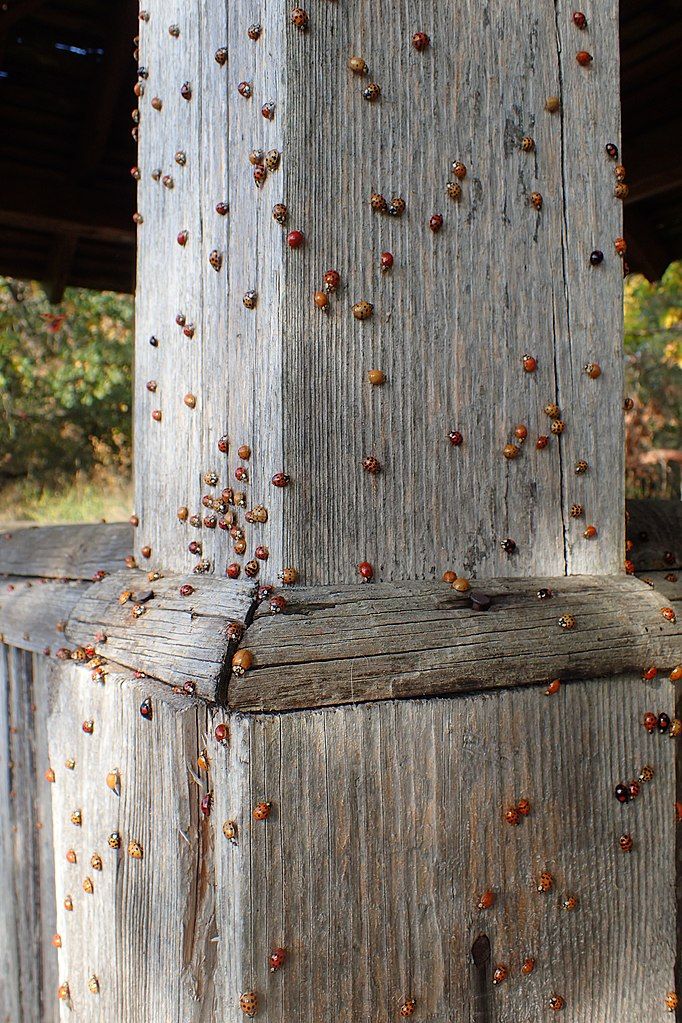
Asian ladybeetles (Harmonia axyridis) were imported to the U.S. 35 years ago as predators for aphids, adelgids, psyllids and scales. They do a good job and they caused no trouble until they were able to overwinter starting in 1993.
Ladybeetles overwinter as adults that gather in the fall with the goal of “The More The Merrier.” Attracted to sunlight and warmth reflecting off south or southwest-facing light-colored buildings, a few accumulate and attract others by sight and smell. Pretty soon the area is crazy-busy with ladybeetles as in the photo above.
The bugs are looking for cracks in which to spend the winter. If a crack leads to a warm place indoors, that’s even better.
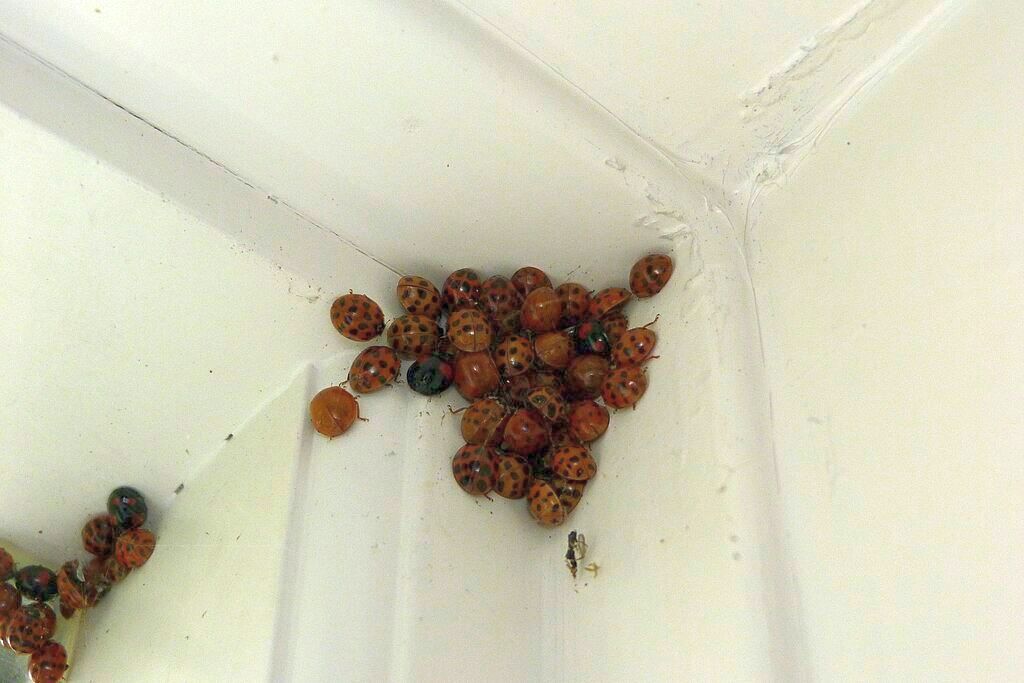
Once inside, the warmth can keep them active.
It is not uncommon for tens of thousands of beetles to congregate in attics, ceilings and wall voids, and due to the warmth of the walls, will move around inside these voids and exit into the living areas of the home.
In addition to beetles biting (which they do), they exude a foul-smelling, yellow defensive chemical which will sometimes cause spotting on walls and other surfaces. Most people are only annoyed by the odor of these chemicals. However, some individuals have reported experiencing an allergic reaction to the defensive excretions.
— Penn State Extension: Multicolored Asian Lady Beetle (Ladybug)
Penn State Extension has helpful advice on how to vacuum them (avoid getting them up into the machine!) at Multicolored Asian Lady Beetle (Ladybug).
The good news is: Have you seen a spotted lanternfly lately? Probably not! Winter is a great pest control system.
(photos from Wikimedia Commons; click on the captions to see the originals)
